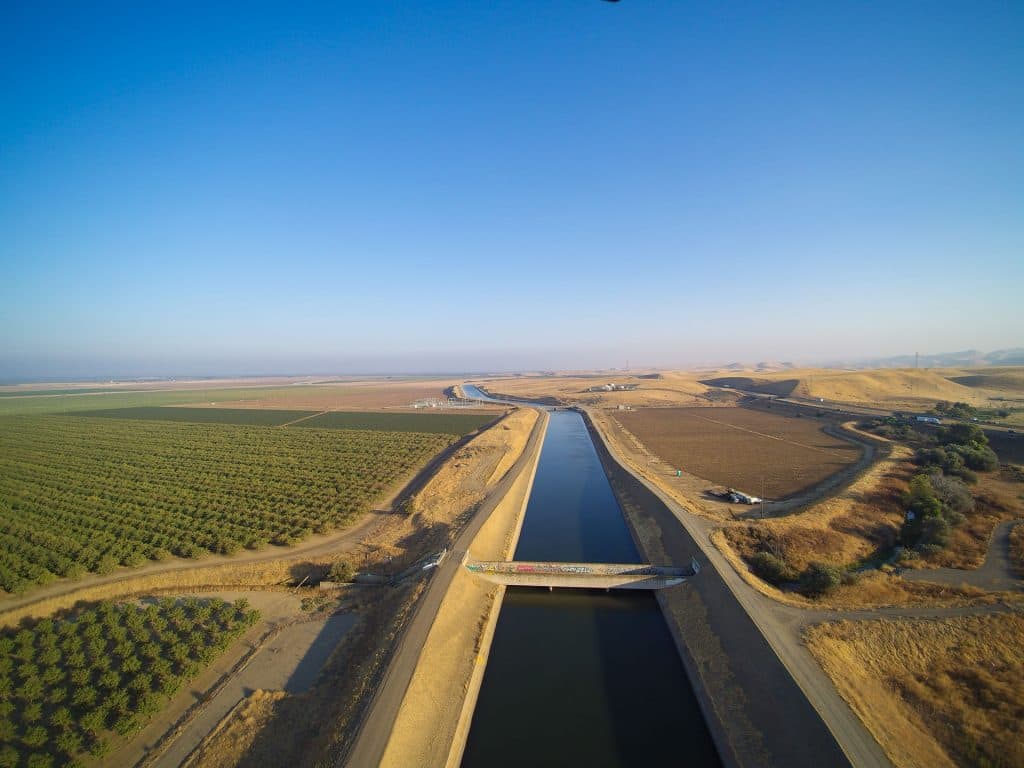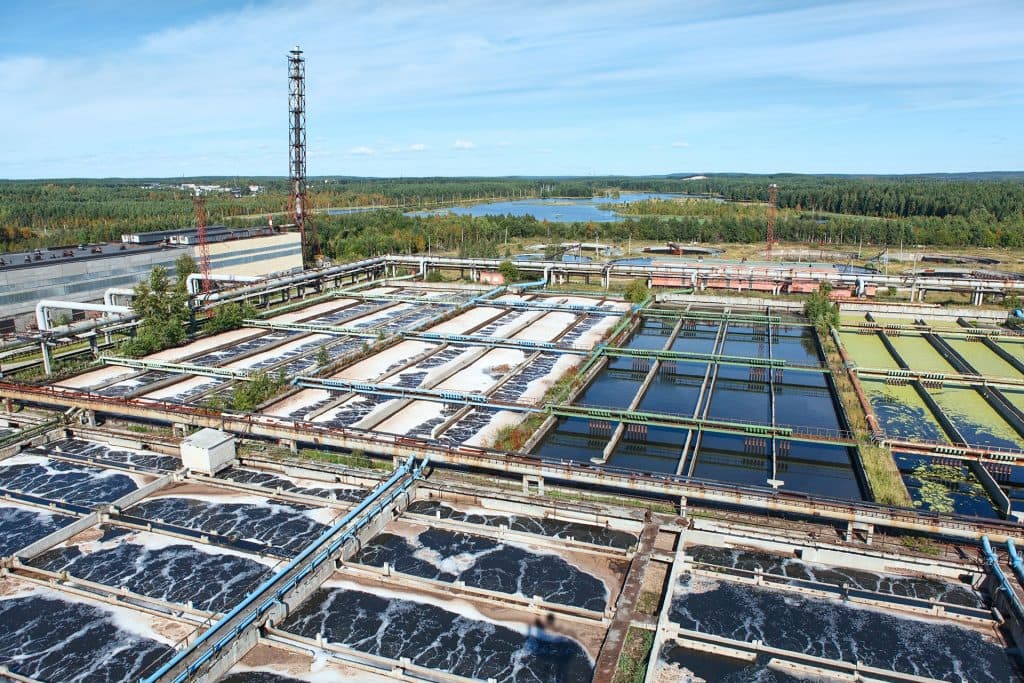
George McFadden spends most of his days in front of a computer observing and analyzing aerial images of the California countryside.
Ceres Imaging, the Oakland-based startup he works for, has developed a software that through the study of soil images can optimize the use of water and fertilizers for California farmers. The software is an excellent tool for the state’s agricultural industry, which produces an annual income of $54 billion and is constantly forced to deal with water scarcity.
Ceres Imaging is one of the startups launched by Imagine H2O, the world’s first accelerator dedicated exclusively to the water sector. So far it counts over 80 startups in the portfolio, $350 million raised, and partnerships with 60 businesses and utilities in 30 countries.
The goal is simple: to put new technologies at the service of efficient water management and thus combat drought.
Ten years fighting drought
Imagine H2O started its technological battle against water scarcity in 2009. Since then this non-profit organization has helped launch many projects around the world, with a survival rate of its new businesses of 82%. In many cases, in fact, the startups born at Imagine H20 have partnered with industrial and high-tech giants. Valor Water, for example, took part in the acceleration program in 2015, becoming a leader in the field of data analytics for water utilities and ended up being bought by infrastructure giant Xylem in 2018.
If the US is an important market for the sector, startups created by the accelerator operate all over the world. Ewater Pay is active in sub-Saharan Africa and has developed a water dispenser inspired by the most modern technologies to support local growers; SmartTerra operates in Bangalore, and specializes in the use of artificial intelligence to guide utilities’ operational decisions in the event of network breakdowns and malfunctions.

How to become an Imagine H2O startup
Now in its tenth edition, the Imagine H2O acceleration program begins with a first selection of ideas and, for those chosen, a ten-month development period. During the last year alone, 250 proposals from 47 countries arrived at the foundation, but only 13 were accepted by the program. As in any traditional business accelerator, startuppers are supported by successful tutors and entrepreneurs, with whom they develop a business plan and participate in targeted meetings with potential backers. The projects are always based on the same theme: the scarcity of water and keeping management infrastructures safe; efficient water usage; utilities management; the use of big data to reduce waste. The program goes beyond the practice of a traditional accelerator. Part of the itinerary is the “Beta Partner Program”, which allows the technology developed to be tested within a large company, such as Wells Fargo, Suez or Pepsico, thus reducing the time for product development and cutting the costs necessary to measure the results.
Water risk around the world
Imagine H2O has attracted a lot of attention because of the awareness-raising effort supported by international organizations around water risk. According to the UN, 2.1 billion people in the world do not have access to what the organization calls «safe, readily available water at home»; and by 2025 two thirds of the world’s population may have difficulty accessing sources of drinking water.
As one of its 2030 objectives, the Sustainable Development Goals of the United Nations has included access for everyone to a source of drinking water. But at the same time, the UN predicts a drop in global water supply of 30% by 2030, especially within the cities. Today — the United Nations confirms — 54% of the world population lives in urban areas; a percentage expected to rise to 66% in 2050.
Only investments in water infrastructure accompanied by the development of new technologies can reverse this trend, and prevent the risk of water shortage becoming the greatest danger for future generations.

